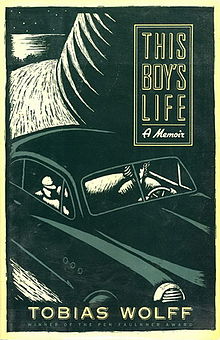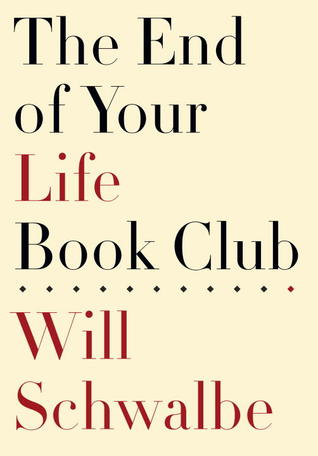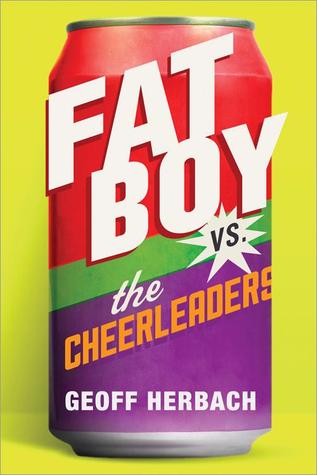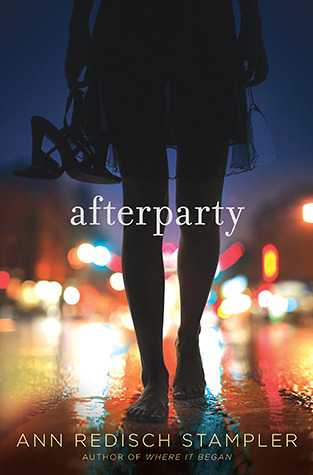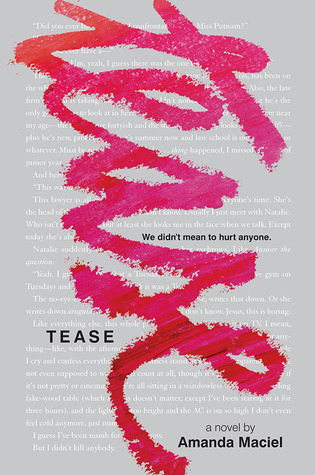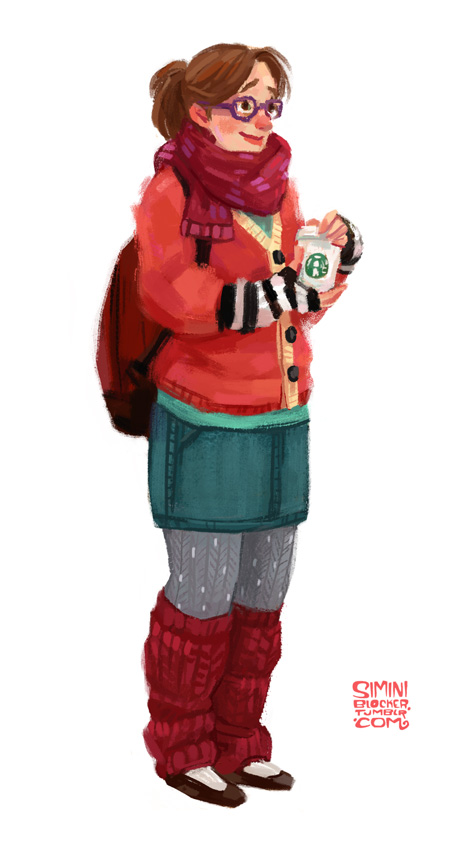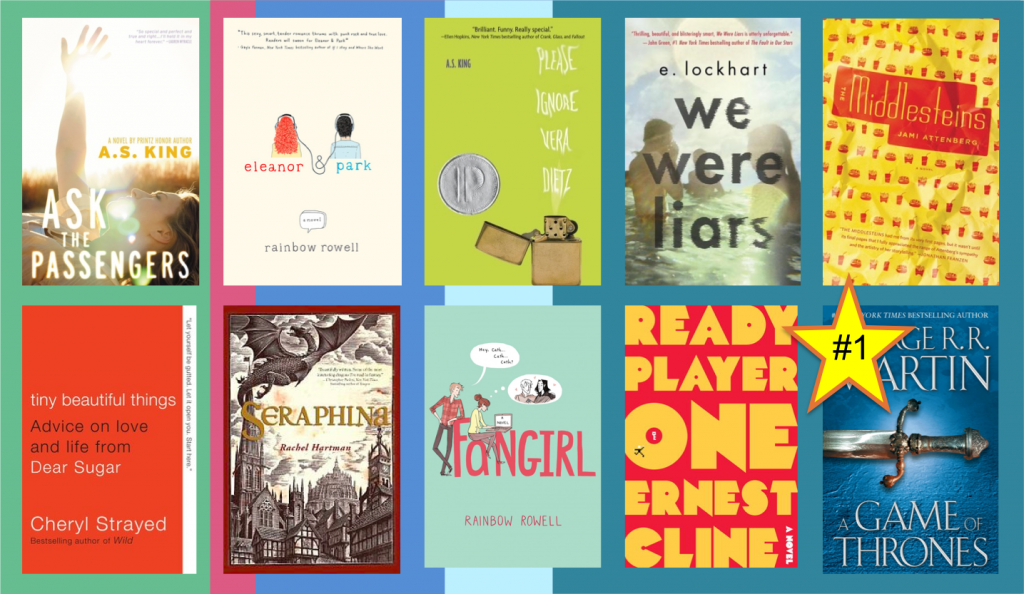You guys all read Janssen over at Everyday Reading, I’m sure. I have always adored her quarterly reading updates.
I am a major-league voyeur – nosy to the max – so peeking into anyone’s reading life is a pleasure, but she also just has a way with the the two sentence book review. So pithy! So fun! I’ve tried to emulate these posts a few times, but I usually burn out after a few mini-reviews. But I’ve always wanted to play along, so I’m going to take a slightly different tack and tell you a bit about five books I read this quarter that are worth mentioning. Emphasis on books I haven’t already mentioned! Some of them are good, some of them are not so good, but all are – at the very least – worth mentioning.
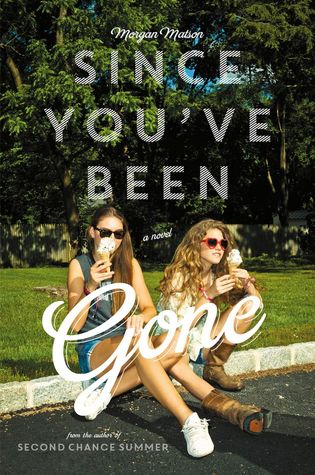 1. Since You’ve Been Gone by Morgan Matson
1. Since You’ve Been Gone by Morgan Matson
Okay, okay. I’ve mentioned this one before. But I wanted to give Morgan Matson’s latest a quick shout out because I really liked it a lot. It was fun. Breezy. Light, but not fluffy. The obligatory romance wasn’t too easy or mushy, and the premise – girl performs a list of daring tasks left by her absentee best friend – didn’t dominate the story. I’ve tried a lot of “If you like Sarah Dessen, you’ll love…” books, and I have to say, Morgan Matson is one of very few who I have deemed worthy of the Dessen comparison. It’s not a perfect book – some of the conflict between Emily and her Desired Boy could have been, and eventually was, cleared up with a conversation, which is a plot device I’m not a fan of – but it was a smooth, enjoyable book that I wanted to keep reading. So I nominated it for the Cybils. Last year my nomination made it to the short list, so maybe I’ll get lucky again this year!
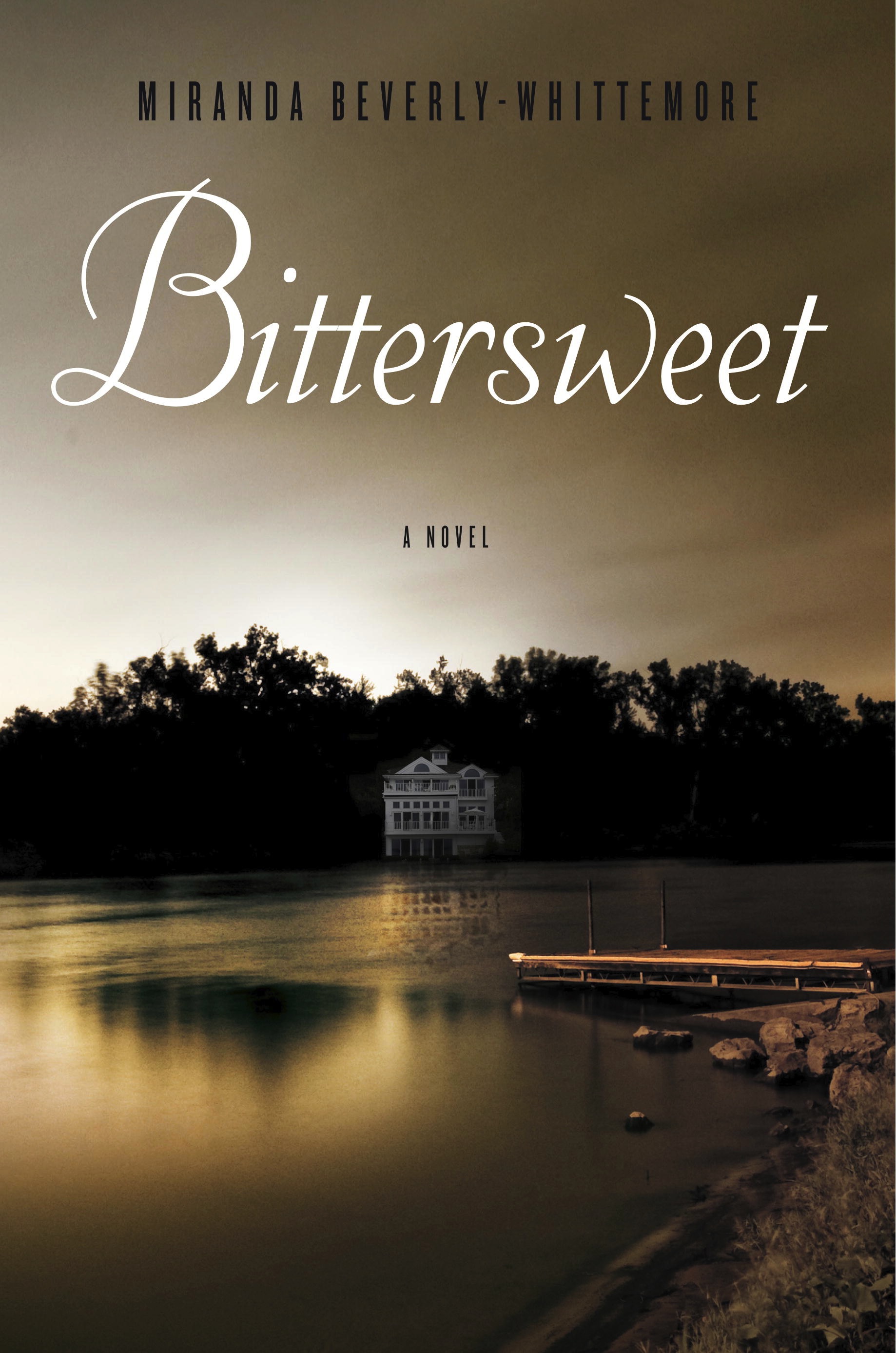
2. Bittersweet by Miranda Beverly-Whittemore
This was a random audiobook pick for me this summer. It was available on Overdrive. I recognized it from Library Reads. The plot – scholarship student spends the summer at her wealthy (and dysfunctional) family’s summer estate – was directly up my alley. The story pulled me in within the first thirty minutes or so. We had a win.
So, not to get too spoiler-y, but what’s the fun of reading a book such as this one? Figuring out the how and the what and the why of this family’s particular breed of dysfunction, of course. I’m listening along while Mabel Dagmar swoons over the beautiful property and the beautiful family and their beautiful family, and then starts to dig into their family secrets… and I start to get a definite Ned Stark vibe. As in, watch your back, Mabel. Also incest.
I won’t tell you what the secret was. If you want to find out, there are plenty of spoiler-y Goodreads comments to be had, mine included. But I will say this – after a few hundred pages, the fun was no longer “Oooh, what will the secret be? How will this work out,” but instead “WHEN WILL IT STOP WHAT IS WRONG WITH THIS FAMILY.”
Unrelated/related: setting is huge in Bittersweet. I think the author was counting on the reader feeling so enamored by this idyllic, sprawling landscape that they might forgive a few of the heinous characters who hang out there. But as I was listening to the these lush descriptions of the family estate – cottages for all of your aunts and uncles and cousins, a family mess hall with a full-time cooking staff, etc – I became skeptical. Who truly lives like this? This environment is so over the top, so luxurious and exclusive and shabby chic that the whole book takes on a certain eau de soap opera.
And then, a few weeks ago, I spent the night at exactly such a family compound. We took a quick tour of the grounds before leaving. Here’s the Big House.

This is not to malign the owners of said estate, of course. While most families boast at least some domestic drama, I hope against hopes that the heights of scandal Beverly-Whittemore weaves Bittersweet is only found in fiction.
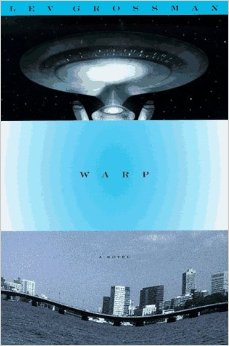
3. Warp by Lev Grossman
I’ve been a bit of a shameless Lev Grossman fangirl this year. I will accept any arguments you might have against his Magicians series; while I might not agree with your opinions and will likely argue against them, I don’t hold the books themselves on some sort of literary pedestal. But for the humor, the finely woven literary references, and the audacity of big ideas he tackles within a fairly traditional set of fantasy structures, and his career and worldview in general… I do revere the author.
Anyway, I’m trying to tell you that I’ve read a lot of Lev Grossman interviews in 2014, and I became intrigued by his first novel – Warp. The way Grossman tells it, Warp was a bit of a fluke, a lark, a Right Place, Right Time-in-the-Publishing-Landscape kind of book; a book published by luck rather than by merit. When The Magicians came out, his publishers inadvertently left it off his “Also written by” sheet, further shoving this debut effort into supposedly deserved, out of print obscurity.
But of course, my behemoth of a library system still held a circulating copy of this supposedly lost text. And of course I checked it out. It was Lev Grossman, it was weird and obscure, and it takes place in post-collegiate Boston – of course, I wanted to read it. But you guys know how I operate: just because I’m interested in a book and even check it out and take it home doesn’t mean that I will actually read a book.
But then one Saturday afternoon, I plucked it off of my library book shelf and I just couldn’t put it down. It wasn’t a hidden masterpiece, but it was a good read. So interesting to see the very beginnings of literary talent beginning to take root – certain turns of phrase and characterization. The talent is there. I can see it. An editor saw it. Tracing themes through an author’s long-ago backlist is an entertaining way to spend one’s reading hours; for those of us struggling with our own first written creations, it’s can be comforting. Everyone starts somewhere.

4. Alanna: The First Adventure by Tamora Pierce
In the latest episode of Jessica Finally Reads Fantasy, I present to you Alanna: The First Adventure by Tamora Pierce. All of my formerly anti-fantasy tendencies aside, I do feel a twinge of shame not to have read a single book by a prolific, much-beloved and honored children’s author such as Tamora Pierce. Lucky for me, I needed an audiobook on the quick a few weeks ago and found Alanna was ready for me – and I was finally ready for her.
I expected to find a well-crafted medieval-fantasy story with a distinctly feminist bent, and that is what I found. Alanna is a high-born girl who wants to become a knight; with buckets of perserverence, skill, and pluck, she disguises her developing woman’s body and kicks all the boys’ butts. What I wasn’t expecting to discover was the sometimes forgotten charms of a good, old-fashioned episodic school story. See: Harry Potter and the Sorcerer’s Stone. Harry Potter and the Chamber of Secrets. Or even Sideways Stories from Wayside School. Each chapter is a vignette, a trial or a triumph that doesn’t necessarily weave a grander plot but when read in succession implies Alanna’s growth and progress. A larger mystery begins to unfold as the stories progress, leading to a climactic confrontation where the heroine must test out those newly acquired skills.
It’s a pattern, it’s a trope, but in the hands of a skilled writer it can be a pleasure. And it’s a pleasure I’m particularly inclined to enjoy, even though I’m no longer 10 years old. Perhaps because I’m no longer 10 years old.
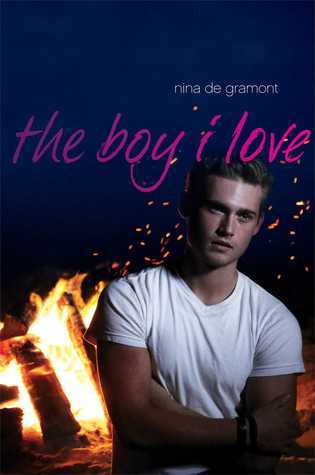 5. The Boy I Love by Nina de Gramont
5. The Boy I Love by Nina de Gramont
Look guys. I really try not to trash books on the Internet if I can possibly avoid it. Do I express negative opinions about certain books or certain aspects of books? Yes. Do I cast an intentionally rosy glow over every book I read? No. I attempt to talk honestly about the books I’ve read, and of course everything I write about books obviously carries some sort of personal bias, but I am a Professional Book Person. I try not to wield my opinion like a weapon. I try not to poke fun, to mock, to employ hyperbolic gifs, to deliberately read books I know I will dislike. In most cases, I feel this is the responsible way to talk about books on the internet.
Buuuut will you guys look at this book cover for a minute? Are your eyes rolling? Would you read this while riding public transportation? Can you imagine a more ridiculous stock photo/book title combination?
Well, don’t worry guys. It’s nothing like you are imagining. Well, it’s a little like you are imagining, but what I found underneath this book cover was a pretty solid piece of girl-centric YA realism. In the vein of Sarah Dessen, even. And lest you think the book will be too swoony for you, here’s a big fat second chapter spoiler: the boy that she loves? he’s gay.
Not to say that the book is flawless, or even in the top 50% of books I’ve read this year – specifically, some severely wacky third-act plot events lowered my general appraisal – but I just wanted to use my Professional Book Person powers to tell you not to judge this book by its ridiculous cover.











